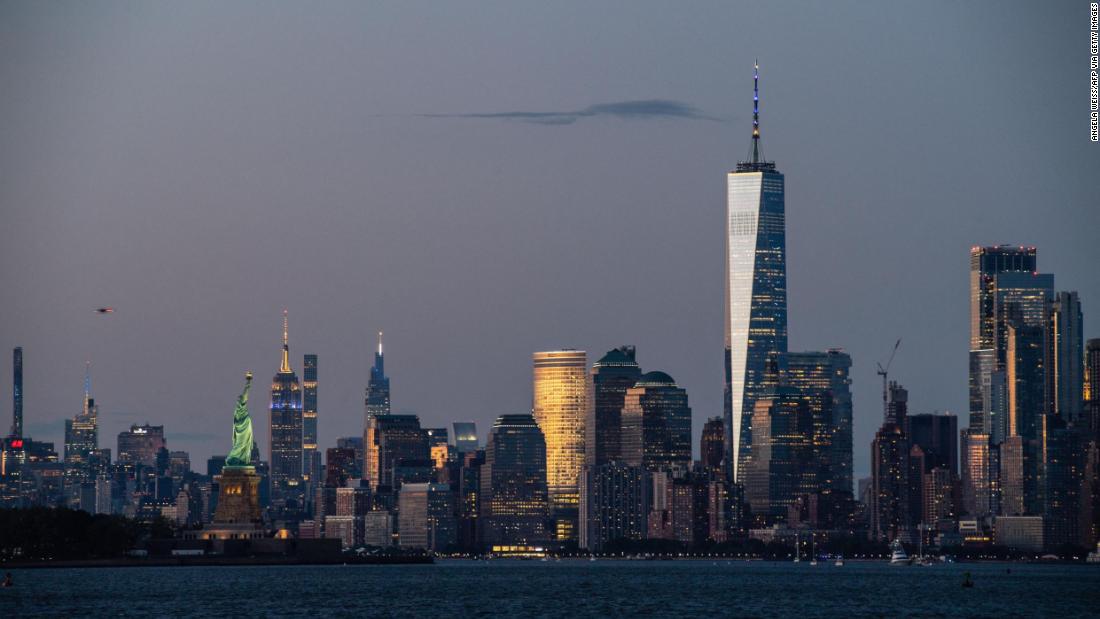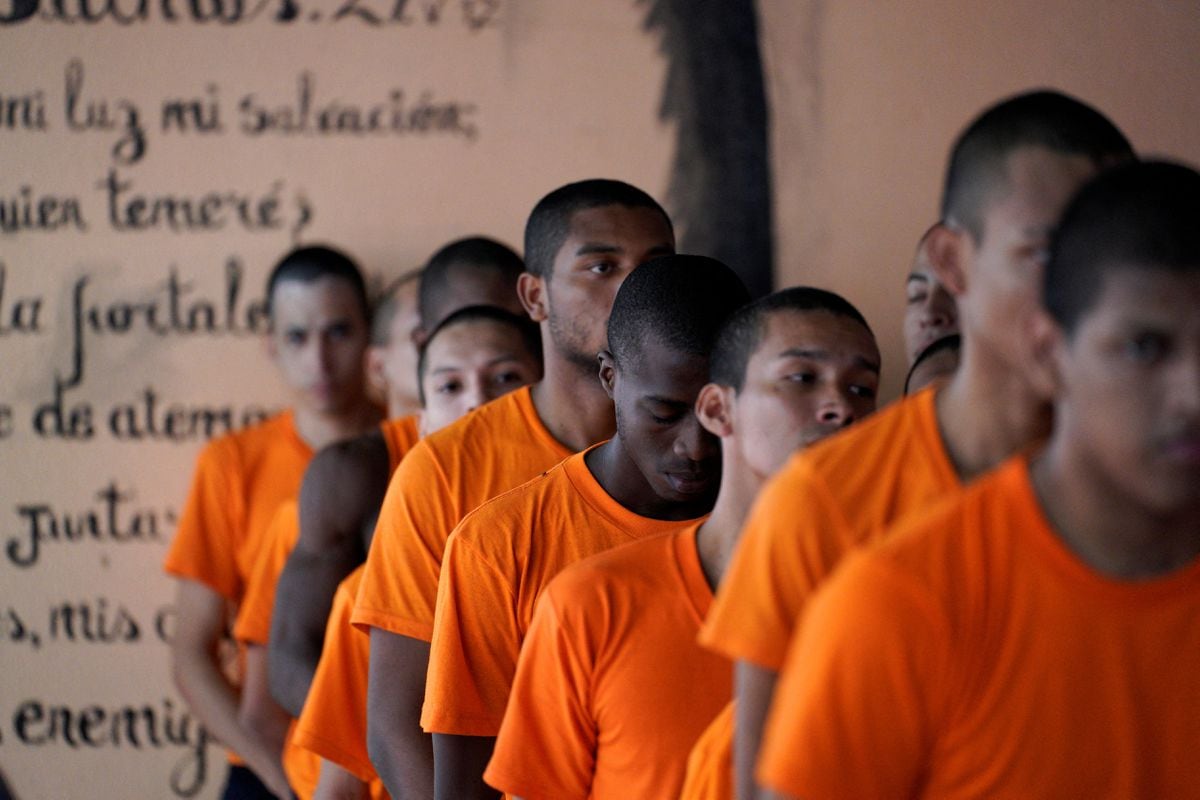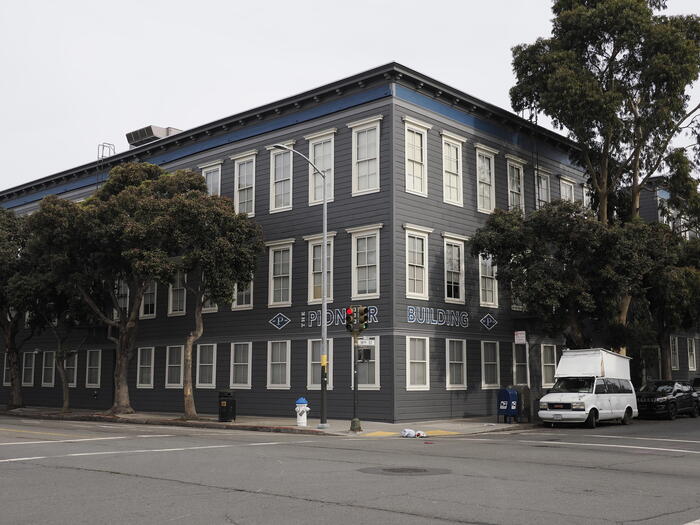Top 5 Most Populous Cities in the U.S. 1:00
(CNN) -
The 2020 census results are now available, and it's clear that the trends we've seen in recent decades show no signs of slowing down.
It could be said that we have crossed a kind of tipping point that may have important political implications for the future.
The United States is a country that is diversifying and aging, as the population continues to move further to metropolitan areas.
Non-Hispanic white Americans now make up less than 60% of the population.
About 57% if Puerto Rico is counted or a little less than 58% without counting it.
This last figure is lower than the 64% after the 2010 census. It is also lower than the 69% registered in the 2000 Census.
The proportion of the population that is becoming less white non-Hispanic is not something that is happening in just one state.
It is happening in most of the country.
In fact, there is only one state (Maine) in which 90% or more of the population is non-Hispanic white.
In fact, there are now six states, the District of Columbia and Puerto Rico where non-Hispanic whites make up less than 50% of the population.
This includes California, the most populous state in the country, where Hispanics are now the majority, at 39%.
OPINION |
The census shows that the base of the Republican Party is declining rapidly.
Why does his power seem to be assured?
The shift toward a lower proportion of non-Hispanic whites in the population is not a surprise.
What was unexpected was the rate at which it occurred.
The 2019 population estimate, for example, had non-Hispanic whites making up 60% of the population.
The fact that non-Hispanic whites made up an even lower proportion than expected defied the expectations of many people.
Hispanics were believed to be potentially below previous estimates (in part due to the Donald Trump administration's failed attempt to add a citizenship question), but non-white Hispanics were not.
advertising
Top 5 Most Populous Cities in the U.S. 1:00
In contrast, Hispanics represent 20% of the country's population including Puerto Rico and 19% without.
Hispanics were just 13% of Americans in 2000.
In terms of how this can affect policy, the trend line and implication are clear.
Winning candidates will have one of two options in the future.
They will have to rely on more diverse coalitions than they have been used to in previous years, or they will have to increase their score with white voters.
Donald Trump did the latter in 2016, but he actually won among people of color in 2020.
ANALYSIS |
How the 2020 Census Explains the Rise of Donald Trump
In other words, you might expect this diversity trend to be helpful to Democrats, but there's no guarantee of it.
One countervailing force that could hurt Democrats in the future is that older age groups are becoming a larger part of the population.
Adults (18 and older) now make up 78% of Americans.
Children (under 18 years old) are only 22%.
In the last census, adults were 76% of Americans.
In 2000, they were 74%.
The aging of this country is occurring at the same time that the country's population is growing at a slower rate.
The population grew 7% in the last decade.
It is the slowest growth since the Great Depression.
This is a marked decline from the growth of 13% two decades ago and 9% a decade ago.
Census Release Shows Nearly All of America's Growth Occurred in Cities
We have seen the last two men to become president lean on older voters to win their primaries.
Winning candidates in the future would do well to understand that power in the electorate will increasingly come from older voters.
These older voters, and younger voters as well, will be concentrated in fewer places than before.
According to the census, 52% of the country's counties have less population now than in 2010.
Places that had a lot of people or that were gaining people continue to do so.
In the broader trend line, 312 of the country's 386 metropolitan areas have more population than at the beginning of the last decade.
Many of the places that saw population increases were in the south and west, which are diversifying, just like during the last census.
Racial diversity increases in the US, according to Census 2:04
We see Democrats becoming more competitive in those places, as illustrated by the fact that President Joe Biden has become the first Democrat to win Arizona and Georgia at the presidential level since the 1990s.
We may soon find that the battlefields at stake in our elections are not Michigan, Pennsylvania, and Wisconsin.
Rather, they will be the Arizonas and Georgias of the world.
Of course, there are places that may not fit the picture so clearly.
New York City, in the northeast of the country, which suffered greatly during the coronavirus pandemic during which much of the census count was taken, remains the largest city in the country.
With 8.8 million inhabitants, it ranks as the most populous American city in history.
New York shows that not all expectations are always met.
Census 2020


/cloudfront-eu-central-1.images.arcpublishing.com/prisa/BB42X2XT2TTKOOJOSBUIXZRQRE.jpg)





/cloudfront-eu-central-1.images.arcpublishing.com/prisa/GBWIYLSXOZDHXNUL2C66JANTE4.jpg)






